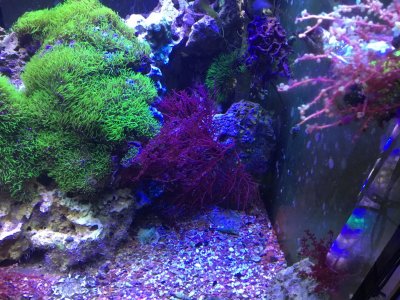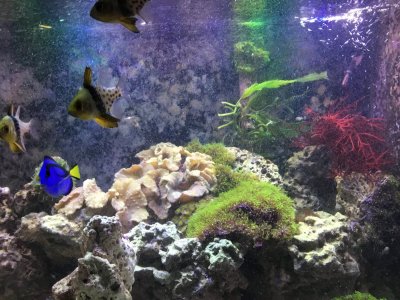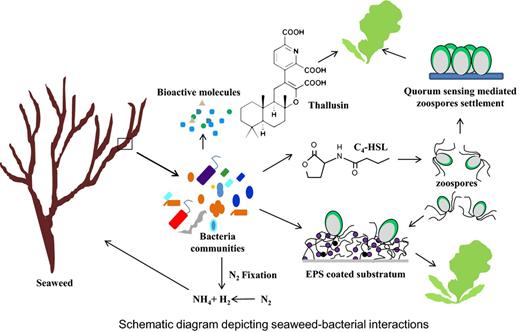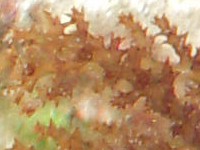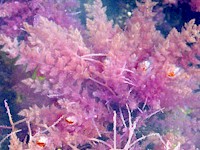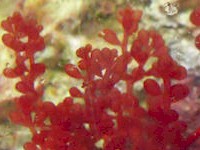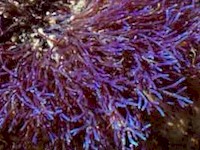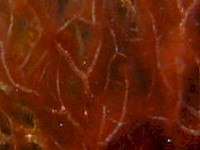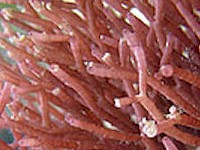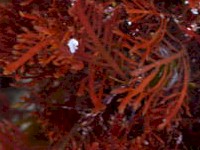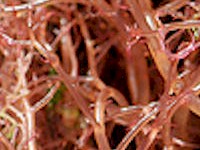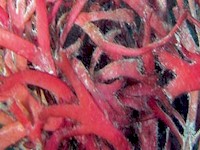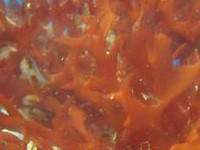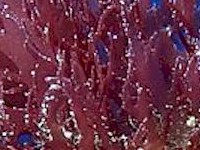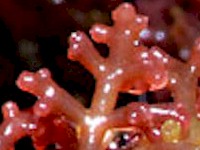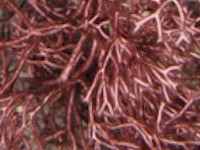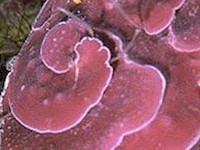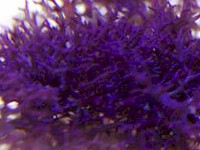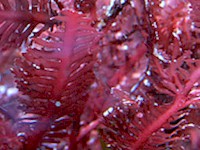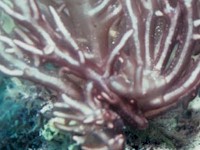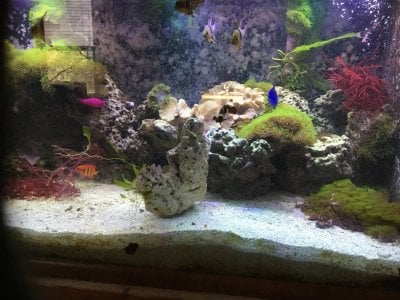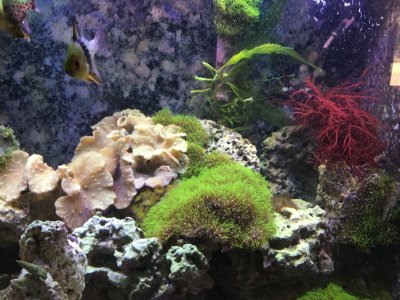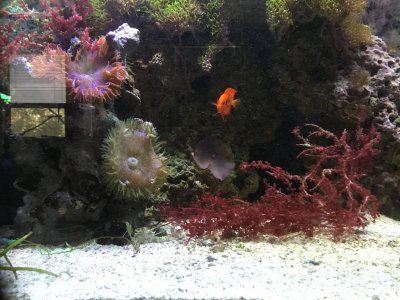Which macro do you grow as live food? For tangs? Or are you talking about pods growing in the macro?I am not familiar with your system, but carbon dosing multiplies bacteria which in turn consume
N & P and are exported by protein skimmer. I have not used a protein skimmer for the last 40 years. I prefer utilitarian algae which also grows live food in a refugium. So I can nutrient recycle and nutrient export as needed.
If I were removing 1/2 my macro every week for nutrient control , I would choose chaeto. It’s just easier.
I had to take my skimmer out of my sump because nutrients were too low. Maybe coral or other organisms eat the extra bacteria from carbon dosing effect of DOC or extra bacteria are caught in my filter sock? Come to think of it, my sock does clog pretty fast nowadays.
Also, I keep an urchin in my refugium and do not export nutrients, the urchin eats the dragons breath and keeps it under control (recycling the nutrients). He eats all the chaeto I add. If nutrients start going up, he will go back to LFS. So more macros will grow.
Something must be using the DOC.
My 10 gallon Macro tank doesn’t have a skimmer either, just a simple HOB and powerhead. This tank I do need to trim the dragons breath, red ogo and chaeto to keep it under control.




